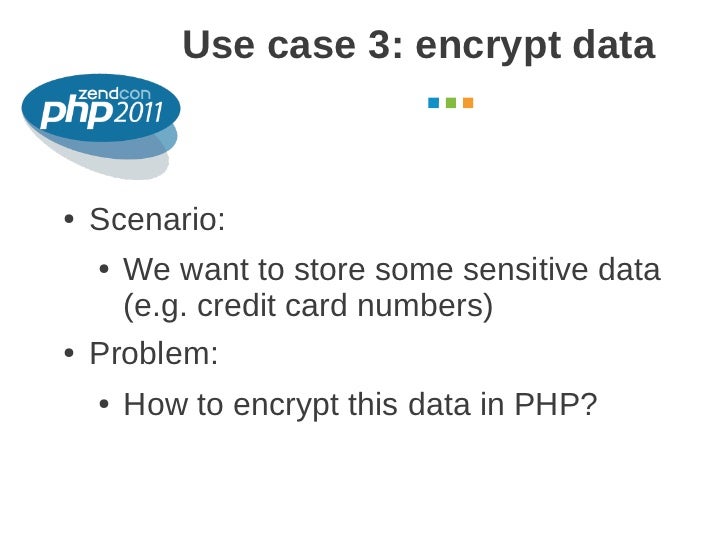Generate Symmetric Key Openssl Using Rand
Any random source that you add using -rand file:file. is used as additional seed data - in other words, the output will always be random, even if you supply the same seed. As the pseudo random generator provided by OpenSSL generally runs in the application space on the main thread, it may be faster than asking a lot of data from /dev/urandom.
There are multiple ways of generating an encryption key. Most implementations rely on a random object. All examples mentioned here use a secure cryptographic randomizer.
- One note on the OpenSSL base64 command: the number you enter is the number of random bytes that OpenSSL will generate,.before. base64 encoding. Base64 then then produces four bytes of output for every three bytes of input – meaning that the number on the command line should be 3/4 of the desired password length.
- Symmetric Keys. The symmetric encryption classes supplied by the.NET Framework require a key and a new initialization vector (IV) to encrypt and decrypt data. Whenever you create a new instance of one of the managed symmetric cryptographic classes using the parameterless constructor, a new key and IV are automatically created.
PowerShell
Base64
Openssl Generate Key File
Hex
C#
The code snippets below can be run from LINQPad or by copying the following code into a new project and referencing System.Security.
Base64
Hex
OpenSSL
OpenSSL is well known for its ability to generate certificates but it can also be used to generate random data.
Base64
Generates 32 random bytes (256bits) in a base64 encoded output:
Plaintext

Generates 32 random characters (256bits):
Generate Symmetric Key Openssl Using Rand Tutorial
Related Articles
Generate Aes Key Openssl
- Message Property Encryption
Encrypt message fragments using property encryption. - Security
Security features for messages, transports, and persisters.